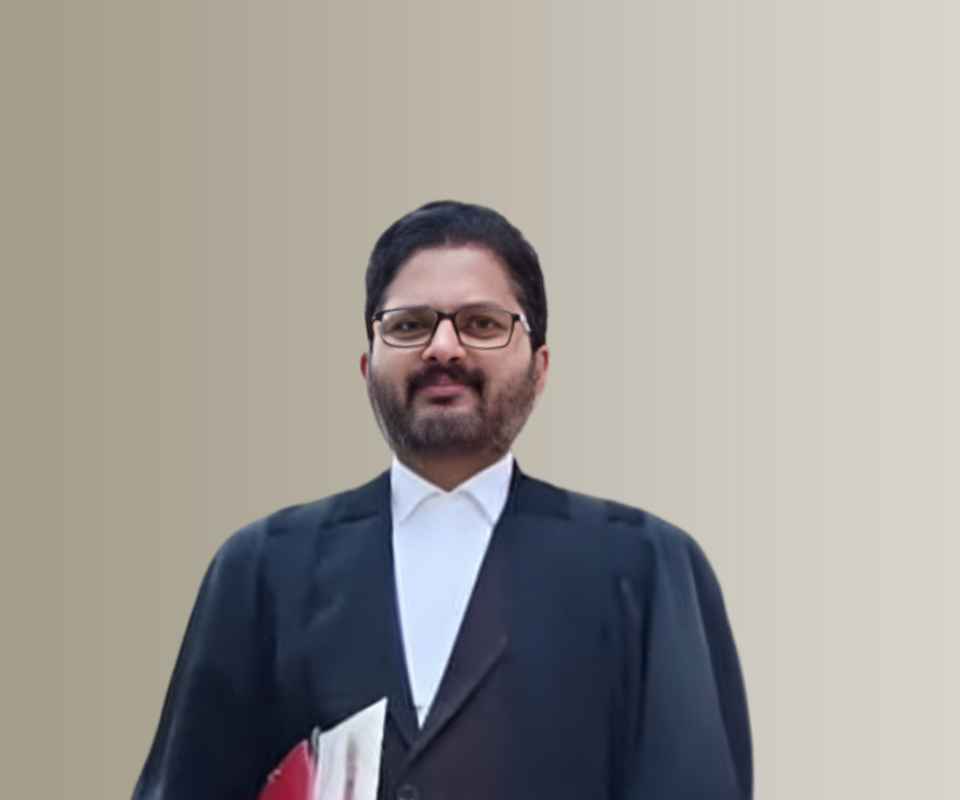Answer By law4u team
The process of hearing in the Supreme Court of India follows a structured procedure designed to ensure fair, efficient, and transparent justice delivery. Here is a detailed explanation of the typical hearing process: 1. Filing of Petition A case reaches the Supreme Court through various petitions like Special Leave Petition (SLP), Writ Petition, Appeal, Review Petition, etc. Once the petition is admitted or registered, a date for hearing is scheduled. 2. Listing of the Case The Registry lists the case on the daily cause list, allocating it a date and bench (a single judge or a panel of judges). Listing depends on the nature and urgency of the case. 3. Appearance and Submission On the hearing date, the parties (through their advocates) appear before the court. Advocates present their arguments, citing legal precedents, statutes, and facts. 4. Oral Arguments The court hears oral submissions from both sides. Judges may ask questions to clarify points of law or facts. The duration of hearing varies depending on the complexity of the matter. 5. Interventions In some cases, the court may allow amicus curiae (friend of the court) or expert opinions to assist in decision-making. 6. Interim Orders The court may pass interim or temporary orders during the hearing to protect parties’ interests until the final decision. 7. Judgment Pronouncement After hearing arguments, the court either reserves the judgment for later delivery or pronounces the verdict immediately. The judgment is usually delivered in open court and later published officially. 8. Recording of Judgment A detailed written judgment is prepared, outlining the facts, legal issues, reasoning, and conclusion. 9. Post-Judgment Proceedings Parties may file review petitions or curative petitions if aggrieved by the judgment. Summary: The Supreme Court hearing process involves case listing, oral arguments by advocates, judicial questioning, interim orders if necessary, and delivery of a reasoned judgment, ensuring justice is delivered transparently and efficiently.









